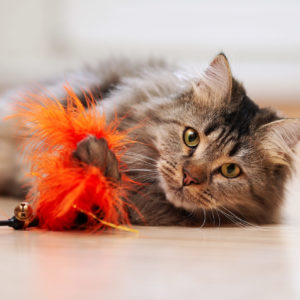About ten years ago, I had a dog. She was a great dog and everyone in my family loved her. She loved us back and just could not wait to be around us. I had always thought my family were responsible pet owners. We did everything we thought we should to keep her safe. She had a collar on with her municipal tag on. We trained her to stay near us when outside. She had a fenced yard.
Sadly, it was not enough. One day, she got out of the yard and did not come back. We can only assume that she jumped over the fence to follow a jogger, then got hit by a car. Truly, we will never know because she just disappeared. As I look back, it is clear that there was so much more we could have done to identify her. I can tell you that the next dog we got had our phone number tattooed in her ear and a microchip implanted in the back of her neck. Never again will we have to ask ourselves if we have done enough to find her if she gets lost.
While that is just my personal story, I see it repeated over and over again with stray animals brought into Morinville Vet Clinic. The dog or cat is well-groomed and fed. It looks like it has been spayed. It obviously has an owner that cares about it. It just does not have any way for us to find the owner. We have to wait for the owner to come to us. That is such a shame when there are so many ways to give a pet permanent ID.
The traditional one is a tattoo. This is a unique set of letters and numbers placed either in the ear or the flank. The letters and numbers code for where and when the tattoo was done. Every clinic or breeder has their own unique code for the animals they tattoo. If you find a stray animal with a tattoo, the first step is to find out who tattooed it, and in what year. With a description of the pet, most people ought to be able to search their records and find the owner.
The modern way to identify is a microchip. This chip is so small that it can be injected under the skin through a needle. Even being small, it can still store a registration code that can be searched online and matched up with a file containing the owner’s name, address, phone number and the pets medical conditions. All it takes to read the code is a small device that can be found at most shelters and vet clinics. One of the best things about microchips is that they are international. If you lose your dog while on holiday in America, he can still find his way home.
Pets that come in to our clinic as strays, but have identification, are often returned home in hours. Those that are unidentified may be with us for months. That is so sad, and so needless. The lesson in all of this has to be the critical importance of identification of your pets, even if you think they will never be lost. Do not learn the hard way.
Written by Dr. Michael High




